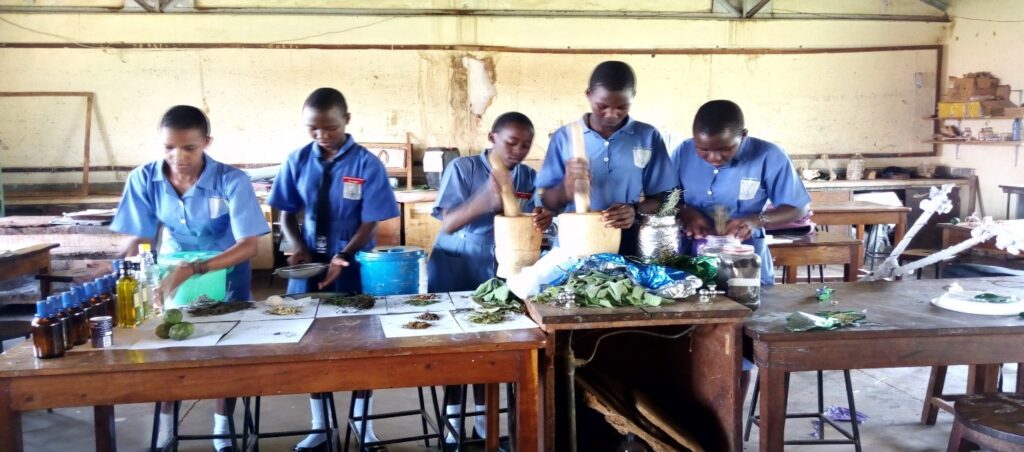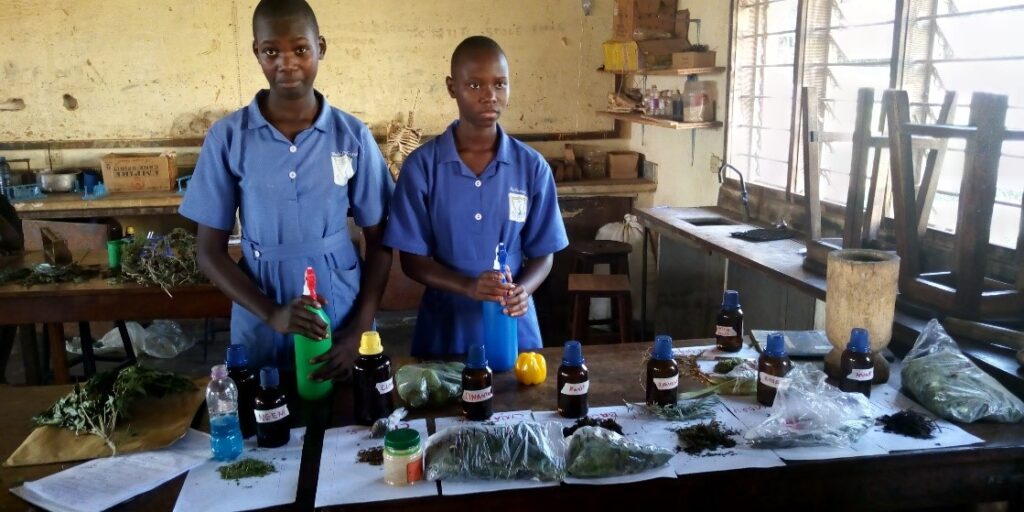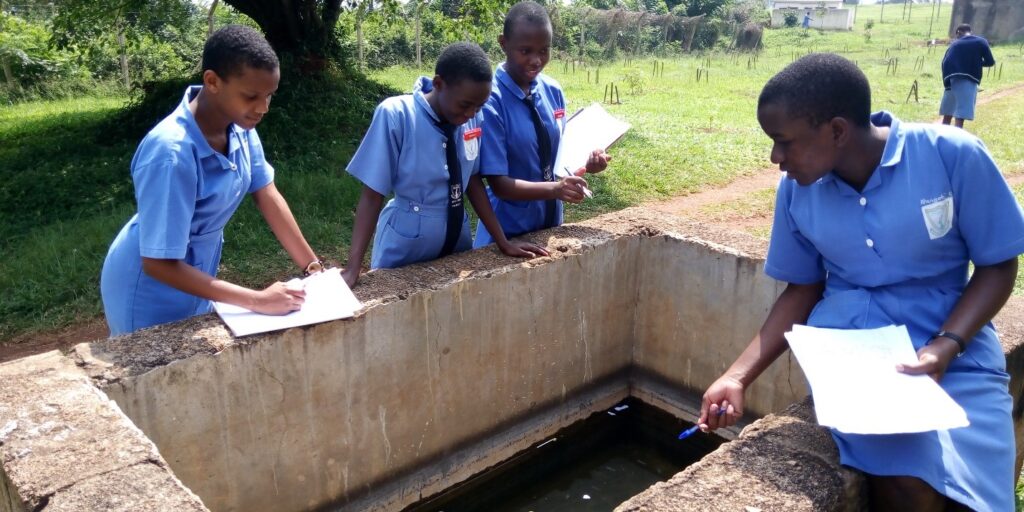INTRODUCTION
What’s the most dangerous creature on earth? Without question the answer is: the mosquito. Mosquitoes and the diseases they spread have been responsible for killing more people than all the wars in history. Even today, mosquitoes transmitting malaria kill 2 million to 3 million people and infect another 200 million or more every year. Tens of millions more are killed and debilitated by a host of other mosquito-borne diseases, including filariasis, yellow fever, dengue and encephalitis.
But for thousands of Ugandans, malaria is something other people get somewhere else. The fact is that nearly half of the world’s population is at risk for malaria. Residents of Ugandans are not immune. Malaria has occurred in Ugandans, and still does on rare occasions. Mosquitoes capable of carrying and transmitting malaria still inhabit most parts of this country. And an influx of malaria-infected persons has produced localized malaria transmission in some areas of Uganda
Today, the threat of malaria is far greater than the threat of encephalitis in Uganda. Encephalitis, meningitis and other diseases can develop from the bites of mosquitoes infected with certain viruses.
THE MOSQUITO
Mosquitoes belong to the group of insects known as diptera, or flies. In fact, mosquito means “little fly” in Spanish. Diptera means “two wings” – the characteristic that distinguishes flies from other types of insects. What distinguishes a mosquito from other types of flies are its proboscis (long tubular mouthparts for sucking up fluids) and the hair-like scales on its body.
The female mosquito’s life is often measured in weeks or months. Males typically live only about a week. The immature stages of the mosquito are less familiar to us. Mosquitoes hatch from eggs laid in places that are or will be filled with water. The eggs hatch into worm-like larvae that usually lie just beneath the water’s surface, breathe through tubes on the tail end of their bodies, and feed on microscopic organisms, such as bacteria. Thus most mosquito larvae require water containing organic material, such as leaves or sewage to serve as food for microorganisms that will be consumed by the developing mosquito larvae.
However based on our research that we have carried out in Wanyange community and the neighboring villages, the information has showed that anopheles mosquitoes have been dominating in most areas we have carried out in research shows that anopheles mosquitoes have been the most prevalent ones followed by Culex and then the aedes mosquitoes
The above information has been stipulated basing on the the various larvae of various mosquitoes
FIELD STUDY.
A study was carried out at selected sites within Wanyange Girls S.S compound and areas around the school by senior two class. The selected areas were ponds, bushes and areas with stagnant water which are potential breeding places for mosquitoes, some of which can be destroyed.
In the year 2019 – 2020, eighty-five (85) malaria cases were reported in the school which evoked this case study. In the study, 10 traps were set in each site and the number of mosquito larvae in each was obtained as shown in the table below.
WANYANGE COMMUNITY SITES | ANOPHELES MOSQUITO LARVAE | CULEX MOSQUITO LARVAE | AEDES MOSQUITO LARVAE |
Site A | 150 | 75 | 46 |
Site B | 96 | 50 | 32 |
Site C | 272 | 10 | 15 |
Site D | 75 | 60 | 36 |
PREVENTING MOSQUITO BITES
One strategy to prevent mosquito bites is avoidance. But even if one were to remain indoors throughout the mosquito season, they might still encounter mosquitoes. Mosquitoes, such as the house mosquito, are adept at getting into structures to feed on the inhabitants, and also to use crawlspaces, basements and cellars as quiet spots in which to shelter themselves for the winter. It is important to keep structures in good repair, maintaining the integrity of window and door screens and weather stripping, and screening or sealing all gaps through which mosquitoes might enter, such as spaces around utility lines, vents, foundation cracks, and gaps around windows and doors.
MANAGING MOSQUITOES
Historically the most effective mosquito control has been larviciding, which is the application of pesticides formulated to kill mosquito larvae before they become biting adults. The Illinois Department of Public Health promotes mosquito control by advising and funding local health departments and other organizations that conduct larviciding, as well as mosquito surveillance. Surveillance includes the collection and identification of mosquitoes that helps predict mosquito and disease outbreaks and the focusing of control efforts in problem locations.
LARVICIDING
Larviciding typically involves applying pesticides containing methoprene or Bacillus thuringiensisisraelensis or B. sphaericus bacteria, to water where mosquito larvae develop. As mosquito larvae feed, the Bacillus are ingested. Once ingested, a bacterial toxin perforates the mosquito’s gut, killing it. Larvicides containing the insect growth regulator, methoprene, work by disrupting the larva’s metamorphosis, preventing it from developing into an adult. The toxicity of both types of larvicide is quite low, and both are considered safe to use in waters containing fish. These larvicides can be purchased at discount and hardware stores, and lawn and garden centers for private individuals to use on their property. They can be used effectively where it is undesirable or impractical to empty the water in containers, such as water in decorative pools or horse watering tanks. Goldfish (Carassius) and mosquito fish (Gambusia) can be used for this purpose as well. Other types of larvicides include those that cover the surface of the water with thin films of liquid designed to prevent larvae from obtaining oxygen at the water’s surface.
Commercial pest control operators or municipal public works personnel who wish to apply larvicides to property they do not own must attend special larvicide training or become certified in mosquito control through the Illinois Department of Agriculture (phone 217-785-2427 for details).
ADULTICIDING
The application of pesticides to control adult mosquitoes (adulticides), except for general use pesticides applied on the applicator’s property, requires mosquito control certification through the Illinois Department of Agriculture. Control of adult mosquitoes usually involves application of fine droplets of pesticides released as a space or ultra low volume (ULV) treatment from specialized truck or aerial equipment. This type of “fogging” can have a significant impact on localized mosquito populations. But while larviciding is a treatment that selectively kills mosquito larvae, adulticiding is a broad spectrum application that can kill beneficial insects as well as mosquitoes. Adulticiding is also much more expensive than larviciding and, to be effective, requires precise product and equipment selection and calibration, accurate, thorough application and timing, as well as favorable environmental conditions (generally in the evening when mosquitoes are active, temperature is between 60 F and 85 F, and there is little wind).
Adulticiding should be seen as a supplement to larviciding, to be used when mosquitoes become too numerous or when high levels of virus activity in mosquitoes threaten populated areas with disease. Mosquito surveillance, such as trapping mosquitoes and testing them for pathogens like the West Nile virus, can help determine the potential for disease transmission in an area, and this information should be considered whenever the use of adulticides is contemplated. Public notification also should take place before treatments are applied, and persons voicing questions and concerns should be answered.
In addition to the application of adulticides by fogging, some adulticides can be applied to surfaces where mosquitoes rest, such as vegetation and the exterior walls of structures. This involves applying liquid pesticides as a coarse spray. This type of application is more localized and less demanding than fogging with regard to environmental conditions and expense.
Reducing the amount of vegetation around the edges of ponds or around your home can, in turn, help reduce the amount of suitable development sites for mosquito larvae and resting places for adults, and further reduce the need to treat these areas with pesticides.
SOURCE REDUCTION
Perhaps the best means of controlling mosquitoes is to deny them a place to develop. This is source reduction, the elimination of water from places where mosquitoes lay eggs. This can be accomplished by draining ponds, ditches, backwaters and lagoons, and by keeping water out of natural and artificial containers. Each of us has an obligation to make sure our properties are free of mosquito-breeding sites, such as stagnant ponds, poorly maintained swimming pools, tree holes, abandoned tires, bird baths, buckets or other debris in which water accumulates.
In recent years, various mosquito trapping devices have been produced. Many are ineffective against mosquitoes. Some may catch substantial numbers of mosquitoes in some situations, but the traps can be expensive and their use has not been shown to lower the risk of mosquito-borne disease. Source reduction, pesticide application and the use of mosquito repellent remain the best ways to prevent mosquito bites.
NOTE: When pesticides are used, it is the applicator’s legal responsibility to read and follow directions on the product label. Not following label directions, even if they conflict with information provided herein, is a
REPELLANTS.
Repellents are the first line of defense against mosquito bites. Many products provide some degree of protection against mosquito bites. However, certain active ingredients provide better protection. For many years, DEET (N,N-diethyl-meta-toluamide) has been the standard by which products are measured. When applied according to label direction, products containing 20 percent to 30 percent DEET provide protection against mosquitoes that lasts several hours. Products containing much higher percentages of DEET are available, but generally do not provide significantly longer protection.
Recently, products containing another active ingredient, picaridin, have been shown to provide a similar degree of protection, and without the familiar odor and stickiness of DEET products. A third ingredient, lemon oil of eucalyptus, is a plant-derived compound that also is capable of providing protection, though not as long-lasting as that provided by products containing DEET or picaridin.
Whatever repellent you choose, be sure to read the label directions before applying to yourself or to children. Products containing lemon oil of eucalyptus should not be applied to younger children.
What smell do mosquitoes hate?
You can repel mosquitoes by using scents they hate, like lavender, peppermint oil, geranium oil, cinnamon bark oil, lemon eucalyptus oil, citronella oil, catnip, rosemary, and pine oil.
CASE STUDY ABOUT REPELLANTS.
Aim: To make a mosquito repellant from plant materials.
Plant materials: leaves of neem tree, eucalyptus, olive oil, mint, Rose-Mary.
Procedure:The leaves of the above plants were mixed and crushed to obtain an extract.


The extract was stored in bottles 24hours after which it was ready for use.

The prepared repellant was applied in the already selected sites.
Three days after applying the repellant, the number of mosquito larvae for each site was obtained from the already set traps and recorded as in the table below.
WANYANGE COMMUNITY SITES | ANOPHELES MOSQUITO LARVAE | CULEX MOSQUITO LARVAE | AEDES MOSQUITO LARVAE |
Site A | 12 | 8 | 10 |
Site B | 5 | 6 | 3 |
Site C | 18 | 00 | 00 |
Site D | 4 | 7 | 2 |
Observation.
The repellant made caused a significant decrease in the number of mosquito larvae in all the sites.
Before applying the repellant:

After applying the repellant:

Conclusion.Well prepared extract from specific plant material can be effective mosquito repellants which can reduce the population of mosquitoes in an area. This in turn reduces the number of mosquito transmitted infections.


